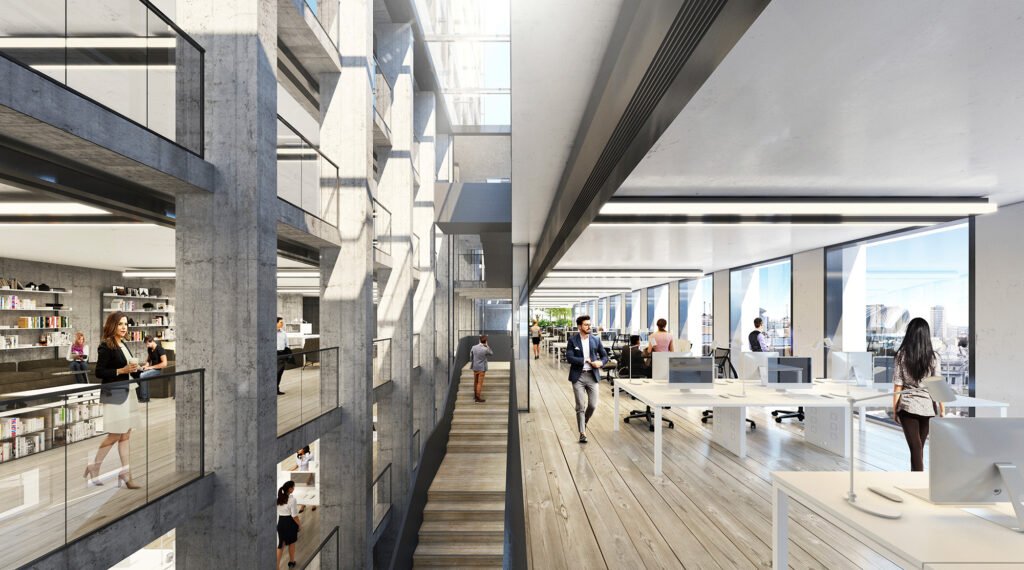Your basket is currently empty!
Transforming Spaces: Adaptive Reuse of Buildings for New Purposes
Adaptive reuse, the practice of repurposing existing buildings for new functions, has emerged as a powerful tool in sustainable design and urban revitalization. Rather than demolishing old structures, adaptive reuse allows us to transform spaces, preserving their historical and architectural significance while giving them a new lease on life. This article explores the art of adaptive reuse, highlighting its benefits, challenges, and innovative approaches. By breathing new life into old structures, we can create vibrant, sustainable, and culturally rich environments that honor the past and meet the evolving needs of the present.

Historical Preservation: Honoring the Past
Adaptive reuse presents an opportunity to preserve and celebrate the historical significance of buildings. By repurposing old structures, we can retain their unique architectural features, historical character, and cultural value. This approach contributes to the preservation of our heritage and fosters a sense of identity and continuity within communities.
Sustainable Design: Reducing Environmental Impact
Adaptive reuse is inherently sustainable, as it reduces the environmental impact associated with new construction. By repurposing existing buildings, we save resources, minimize waste, and reduce energy consumption. Retrofitting old structures with energy-efficient systems, incorporating sustainable materials, and implementing green design strategies further enhance the sustainability of adaptive reuse projects.
Economic Revitalization: Transforming Communities
Adaptive reuse has the potential to revitalize communities and breathe new life into neighborhoods. By repurposing old buildings, we can stimulate economic activity, attract businesses, create employment opportunities, and generate tourism. Adaptive reuse projects often become catalysts for urban renewal, transforming underutilized areas into vibrant hubs of activity and fostering community pride.
Creative Design Solutions: Embracing Innovation
Adaptive reuse challenges architects and designers to think creatively and find innovative solutions. Converting a building originally designed for one purpose into a completely different function requires ingenuity and flexibility. Designers must reimagine spatial layouts, accommodate new programmatic requirements, and integrate modern amenities while respecting the existing structure. This process often leads to unique and inspiring design outcomes.
Community Engagement: Fostering Collaboration
Adaptive reuse projects offer an opportunity for community engagement and collaboration. Involving local stakeholders, such as residents, businesses, and cultural organizations, fosters a sense of ownership and ensures that the repurposed building meets the community’s needs. Community input can shape the design process, programming decisions, and the overall success of the adaptive reuse project.
Cultural Preservation: Enhancing Cultural Experiences
Adaptive reuse allows us to repurpose buildings in a way that enhances cultural experiences. Converting old warehouses into art galleries, transforming churches into theaters, or repurposing industrial buildings into creative hubs fosters cultural expression, artistic exploration, and community interaction. These repurposed spaces become platforms for creativity, enriching the cultural fabric of the community.
Adaptive reuse is a powerful tool for transforming spaces, preserving history, and creating sustainable, vibrant, and culturally rich environments. By repurposing existing buildings, we honor the past, reduce our environmental footprint, revitalize communities, embrace innovative design solutions, engage with the community, and enhance cultural experiences. Adaptive reuse celebrates the intrinsic value of our built heritage and enables us to create spaces that are not only functional but also deeply meaningful and connected to their context. Through the transformation of old buildings, we can shape a more sustainable and culturally diverse future while cherishing the stories of the past.
Leave a Reply